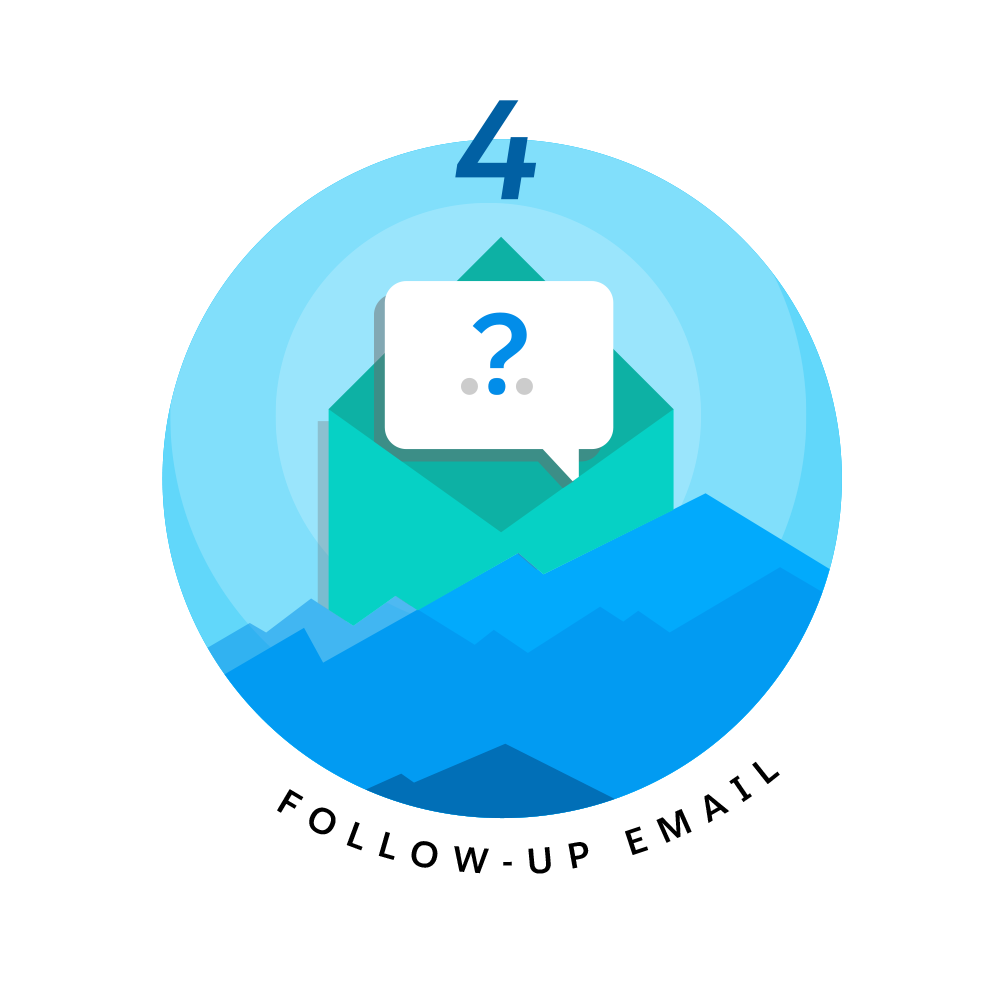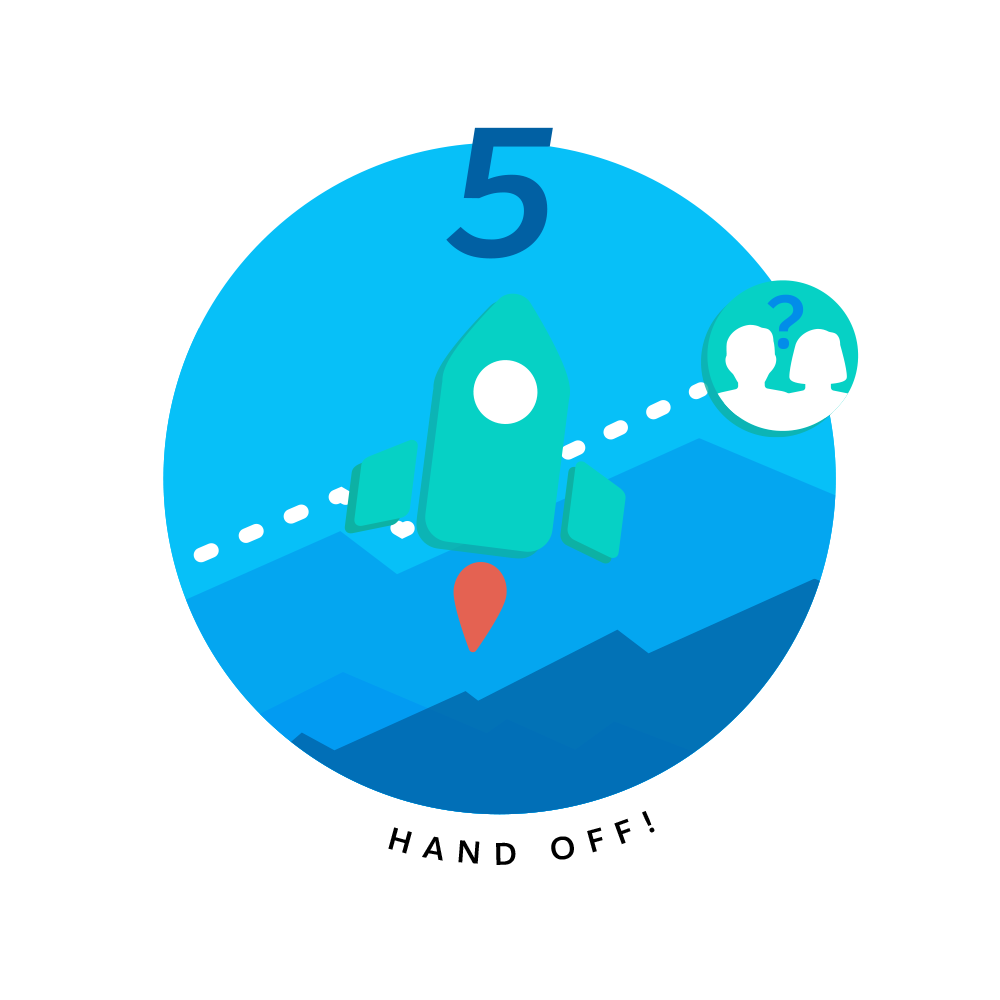EducationEducation
- AppExchange Partners (ISV)
-
Resellers
-
Reseller Marketing Journey
- Get_Organized_Before_You_Get_Started
- Incorporating_Salesforce_Into_Your_Brand
- Crafting_Your_Marketing_Strategy_And_Plan
- Announcing_Your_Salesforce_Partnership
- Build_Sales_Pipeline
- Executing_Lead_Gen_Email_Campaign
- Building_A_Social_Media_Prescence
- Host_a_Learning_Event_About_the_Power_of_Salesforce_Sales_Cloud
-
Reseller Marketing Journey
-
General Topics
-
Topics (A-Z)
- AppExchange_Listing
- AppExchange_Cha
- AppExchange_Tech_Talks
- Branding_Guidelines
- Case_Packs
- Consent Compliance Lead and Project
- COVID_19
- Custom_Metadata_Types
- Customer_Stories
- Digital Marketing Program
- Due_Diligence_Review_new
- Drive_Global_Impact_with_AppExchange_v2
- Education Home Page
- Einstein_Account_Based_Marketing
- Environment_Hub
- GDPR
- Industries
- Innovate_with_Cutting-Edge_Platform_Technology_v2
- Legal_Center
- Lightning_Bolts_Launch
- Lightning_Ready
- Maps_Education_new
- Maps_Education
- MuleSoft
- NewsRoom
- Partner_Ohana_Hub
- Pardot_Integrations
- Partner_Account_Manager
- Partner_Business_Org
- Partner_Communications
- Partner Community Admin Overview
- Partner_Community_User_new
- Partner_Community_User
- Partner_Connect
- Pardot_Resource_Central
- Pardot_B2B_Marketing_Analytics
- Partner_Marketing_Center_new
- Partner_Orgs_new
- Partner_Program
- Partner_Referral_Benefit_Overview
- Partner_Social_Impact_Center
- Partner_Experience
- Partner_Success_Services
- Partner_Support_new
- Partner_User_Groups
- PR_Guidelines
-
Products
- B2C_Commerce_for_LINK_Tech_Partners
- Community_Cloud
- Datorama Education
- Datorama_Education_new
- Einstein
- Einstein_Analytics
- Heroku
- Live_Message
- Marketing_Cloud
- myTrailhead
- Pardot
- Premier_Success
- Quip
- Sales_Cloud
- Salesforce1
- Salesforce_Advantage
- Salesforce_CPQ
- Salesforce_DMP
- Salesforce_IoT
- Salesforce_Platform
- Service_Cloud
- Training_Reseller
- Work_com
- Product_Development_Outsourcer
- Release_Readiness_for_Partners
- Sales_Central
-
Salesforce.org
- CumulusCI
- Education_Cloud_Academy
- Education_Training
- Nonprofit_Cloud_Academy
- Nonprofit_Training
- Salesforce_Advisor_Link
- SFDO_Accounting_Subledger
- SFDO_Admissions_Connect
- SFDO_Consulting_Enablement
- SFDO_Elevate
- SFDO_EMEA_Fundraising
- SFDO_Grants_Management
- SFDO_Insights_Platform
- SFDO_K12
- SFDO_Marketing_and_Engagement_Academy
- SFDO_PMM_Case_Management
- SFDO_Release_and_Roadmap
- Salesforce_Engage
- Salesforce_Orgs
- Salesforce_DX
- Salesforce_Proficiency_Pack
- Scale_and_Access_New_Markets_v2
- SPCMA
- Talent_Exchange
- Training
- Webassessor_for_Partners
- Talent_Alliance
- Partner_Learning_Camp
- Architect_Success_Program
- shareddiscovery
- Datorama_Service_Order_Submission_and_Non-Renewal_Instructions_for_AppExchange_Partners
- Partner_Advisory_Board
- Accredited Professional
- Test_Drive_Education
-
Topics (A-Z)
- AMP

Reseller Marketing Journey Track 201: Build Sales Pipeline with a Call Down Campaign
This track will help you generate contacts through a call down campaign - a dedicated effort to call a list of prospects and launch a conversation. You will learn call down campaign fundamentals and a simple, five-step process to execute your first campaign.
Call Down Campaign Fundamentals
Cold calling is one of the easiest and fastest ways to drive new business. It remains one of the best ways to qualify potential customers, test new messaging or promotions, and set up appointments with decision makers.
As you prepare to execute your first call down campaign, keep the following points in mind:
This is only the first step in the sales process, but it’s an important one. You’re not going to close a deal on the first touch. You’re simply trying to gauge interest and build pipeline. Ideally, each conversation will end with the prospect saying “Yes, I’d love to learn more.”
Be persistent, not annoying. There’s a difference. Manage the flow of information—you want it be consistent, not suffocating.
Make your calls during normal business hours. Good times to catch prospects and decision makers not busy or in meetings:
Just before 8:30 AM and just after 5:30 PM
Five minutes before the top of the hour
Right before holiday weekends when meeting loads are light
Personalize each message and vary the medium. Lead with a call, and follow up with an email. Seek to add value with every additional touch. Throughout the process, be sure that you are personalizing your communications to make prospects feel like you care about them and their company.
Establish clear objectives and metrics for success. There’s only one objective you need to focus on: Booking appointments. Tracking metrics will help identify successes as well as areas for improvement.
A Simple, Five-Step Process
Step 1: Coordinate, Plan and Train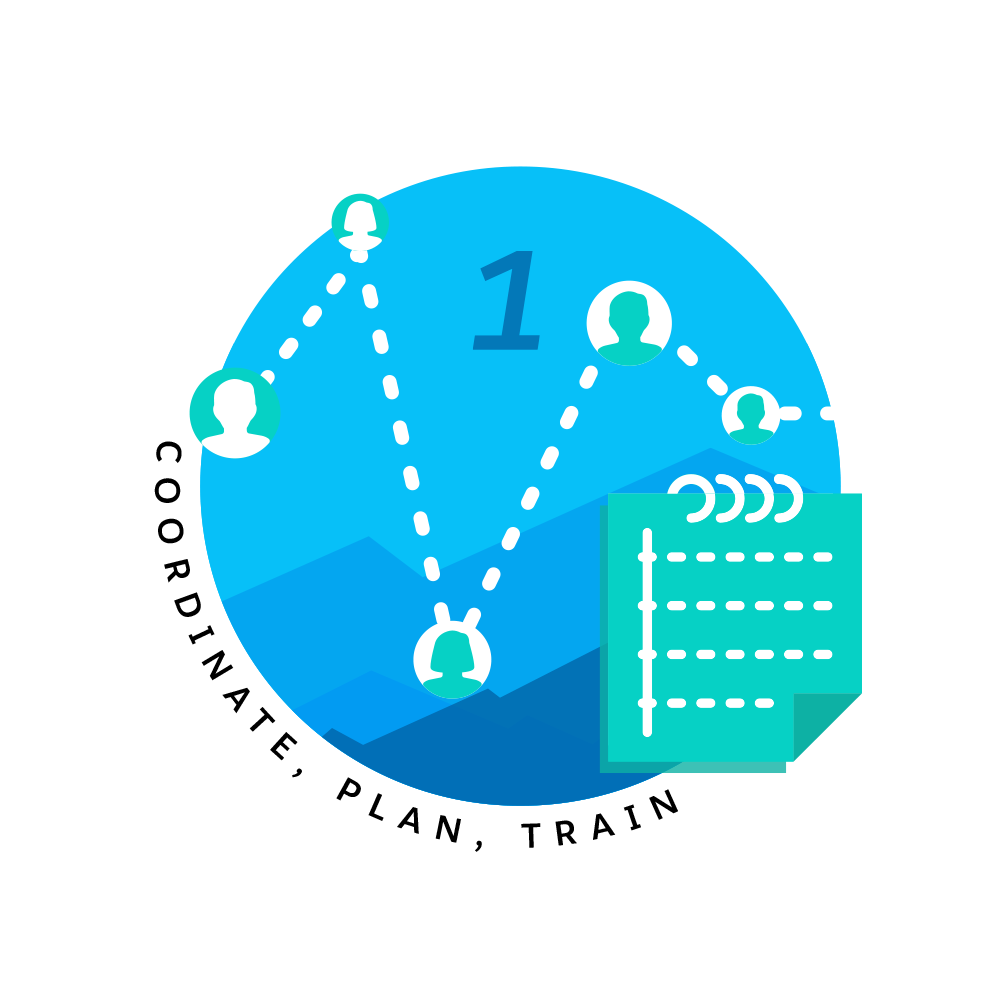
Get your call scripts together:
Following a call script is the best to way to be sure you’re getting your message across quickly, efficiently, and not wasting your prospects’ time.
The call should never feel scripted, even though you’re loosely following a script. Each call will be—and should be—different and conversational. No matter the responses from the prospect, the call script will assure the rep is prepared with relevant, important, information that drives sales.
You will modify these scripts accordingly based upon research done in Step 2: Compile and organize your contact list.
To get you started, we’ve included a modular script that addresses different audiences and likely pain points. The Call Down Campaign Call Script can be downloaded here!
Plan your timelines:
Order of operations is key. The typical call down campaign timeline will consist of the call, a follow-up email, the booking of a demo, and the hand-off to whomever internally owns future account interaction.
(More on this in Step: 4 Follow-Up Email and Step 5: Hand off.)
Assemble and educate your team:
Go over call down fundamentals and call scripts with your team. Practice, practice, practice. The team should be familiar with the common pain points experienced by different audience types, and how Salesforce products address them. The team should be able to speak intelligently about how the different clouds can benefit all potential prospects.
Step 2: Compile and organize your contact list
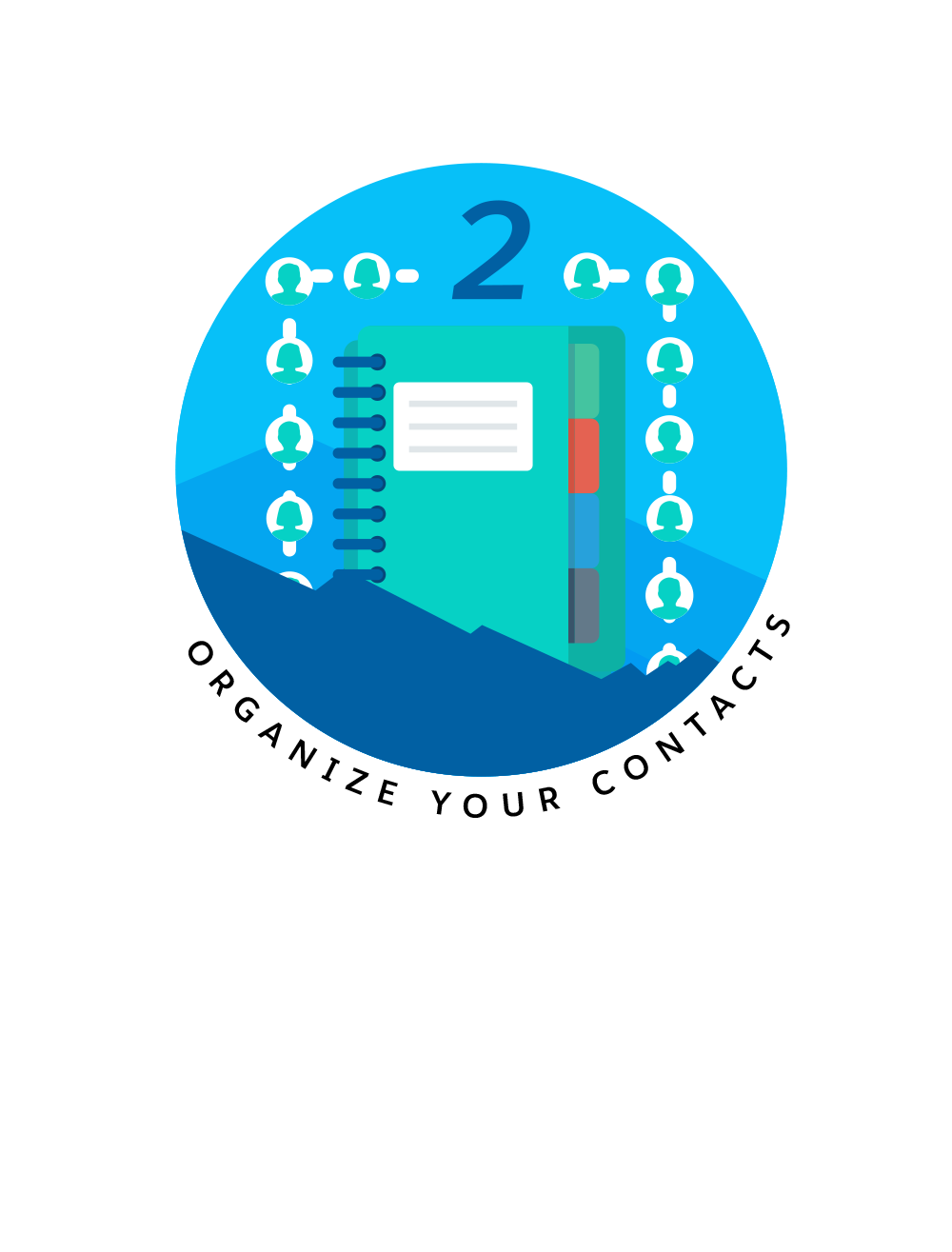 Start with your own list of contacts/prospects
Start with your own list of contacts/prospects
This will consist of working two main lists:
• Net new leads who have never purchased before• Current customers to whom you can sell other products.
Buying a list of prospects
You can supplement your own list by purchasing a list of prospects. The larger the contact list, the better, because the success rate on these calls will be low. The more contacts on your list, the more demos you’ll book.
Do your research
Different contacts will be more or less interested in different types of information, and you should tailor your call script to fit your audience.
Segment your list by audience type
This will improve the quality of the conversation and connection, and improve the likelihood of booking a demo. In identifying audience characteristics, consider the following questions:
• What is their role at the company? What do they tend to care the most about?• Is this person the decision maker or an influencer? If not, can they get you in touch with the decision maker or influencer?
• Are they currently using a competing product ? If so, why did they choose them? • Is there anything they are not getting from their current solution?
Utilize online resources in your research
We recommend using sites like LinkedIn, Glassdoor, Insideview, and Zoominfo.
Don’t just list names and phone numbers
As you do your research, use this Call Down Campaign Contact List Template to keep track of essential information that will help you shape each conversation. You can modify the template as you desire, but we recommend trying to include the following information about your contacts:
• Job title, company, industry, geography
• Current solutions, environment, pain points
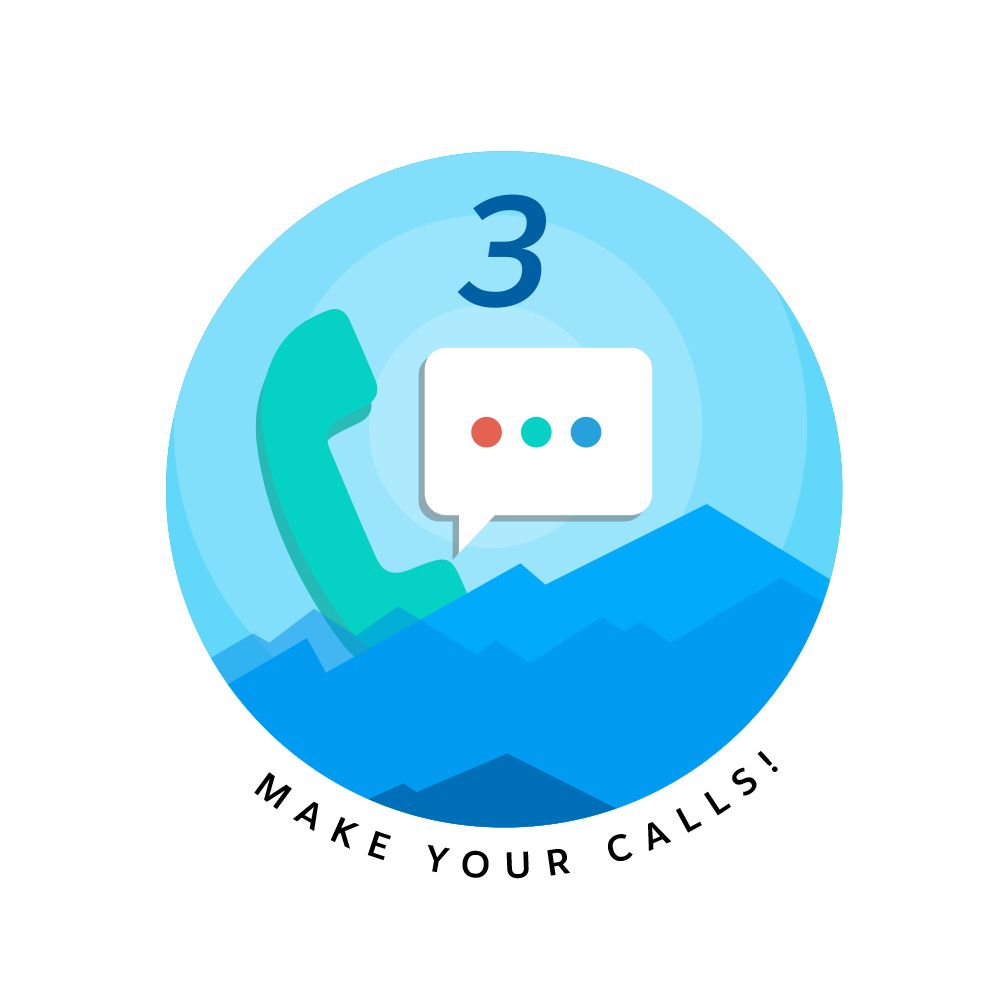 Step 3: Make your calls
Step 3: Make your calls
Remember the objective
It’s simple: Build interest! Offer an opportunity to learn more! Book a demo!
You’re looking to uncover, as quickly as possible, pain points and weak spots surrounding their current CRM infrastructure where Salesforce competes and solves for those issues.
Use the call script
The call starts from a point of connection and shared understanding—you know who they are, and you tell them quickly what you know and how you think you can help.
Depending on the prospects’ responses, the call can follow any number of paths from there. No matter the path, the call script (and proper practice!) will have your reps ready to respond.
Download the Call Down Campaign Call Script
Qualify as you go
As your team is making the calls, they should also be qualifying leads as cold, warm, or hot. This will help guide upcoming touches.
Third party help
You can pay a third party service to help you. You can either have the third party do all the calling, or you can have them make the first dial and only pass along the ones that show interest.
Step 4: Follow-up email
Proper follow-up is just as important as the first touch
The follow-up email goes out to every contact you called—who did NOT book a demo.
If you were successful in booking a demo, then proceed to Step 5: Hand off. The goal of the follow-up email is to continue the conversation and succeed where the call failed in booking a demo.
Follow-up within 24 hours
You’ll want to thank the prospect for their time and attempt to answer the following questions: • What can you do to keep things moving?
• How can you help them solve their problems further?• How can you get them to book a demo?
• Is there additional info you can send that helps them reach a decision to learn more?
Here’s a Call Down Campaign Follow-Up Email Template to guide the construction of your email.
Step 5: Hand Off
Who owns the future?
Once the demo is booked, and after the initial follow-up email has been sent, determine who internally owns future account interaction. Make sure they understand any relevant background on the prospect list.
Right message, right people, right time
Successful lead nurturing from this point requires a diverse mix of content.
Seek to provide continuous multi-channel utility through calls, emails, demos, social media campaigns, white papers, and events
(See “Track 301: Host a Learning Event About the Power of Salesforce Sales Cloud” for more information on how to nurture with events).
Follow-up on the follow-up
The conversation continues! Remember that it can take 10 touches or more to make a sale.
The call and the follow-up email are only the first two. The demo is only the first call-to-action. This is only the beginning of a long process.

